Jharkhand’s Art Village- ‘Amadubi’ and its Epic Story
Amadubi Jharkhand
Amadubi lies in the Dhalbhumgarh block of East Singhbhum and is a hub of some ethnic artists of Jharkhand. This Rural Tourism Village is home to talented tribal artists who are known for their traditional Paitkar Scroll Paintings. Around 54 Chitrakar families who live in the village are skilled in painting. These painting scenes are admired by epics, folklore and village life, made from leaves and barks of trees. A visit to this artist’s village is worth the experience. you can directly visit the homes of the artists and have a look at a wide selection of attractive Paitkar Scroll Paintings. The inhabitants of this village are skilled in age-old traditional art and their skill and finesse are unparalleled. Visitors can buy some amazing paintings to take back home.
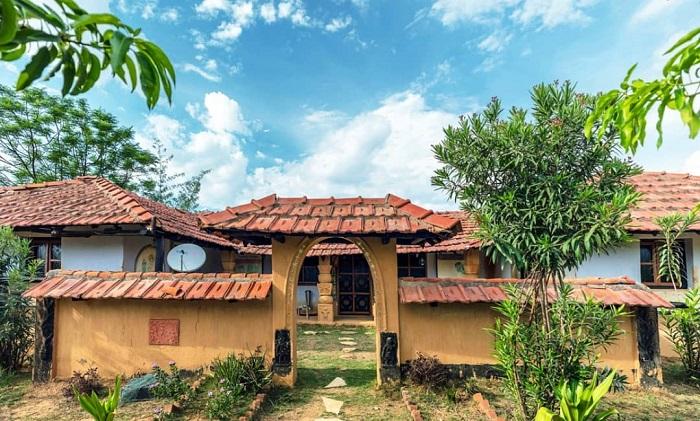
History-Amadubi rural tourism
In Ancient times, Bihar, Bengal, and Odisha were home to a community of nomadic artists and performers called Chitrakars. The Art of these Artists is known as Paitkar as they painted on Paat–scrolls of cloth or tree bark. Long before, these storytellers had been practising their unique folk art with moving pictures fusing scroll painting and song. Artists concentrated on a mythological story before composing an ode. After imagining a storyline, they painted it with mineral and vegetable hues extracted from rocks, soil, and leaves. During the performance, the scroll (Painting, Art) would slowly be unfurled when the corresponding verses were sung.
The Chitrakars roamed the countryside and villages, singing songs of devotion, life, and death. If someone died in a Santhal tribal Chitrakar Painted Paitkars so, the lost soul of the deceased would regain sight to seek the path to heaven. In Modern times, artists translated old-fashioned paintings and sketches incorporating elements of rural socio-economic life and festivals.
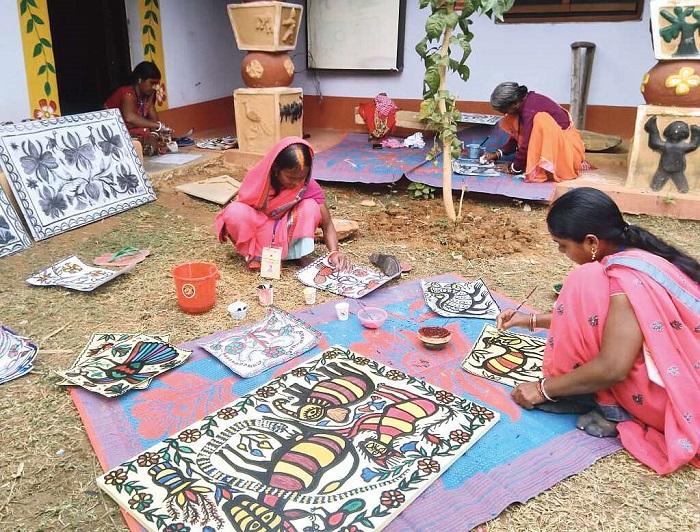
Amadubi tourism centre has been established to promote Art in the Area. The cottages were made of mud, bamboo, and wood, and named after local trees such as ‘Sal’ and ‘Piyal’. The walls and ceilings of the cottage bore hand-painted motifs, while the doors and windows had sculpted dokra handles. The painting is a rich tradition of metal craft with an ancient wax technique.
There are Gurukul or workshops in the Amadubi tourism centre where ladies learnt block printing and adapted Paitkar motifs into Kantha embroidery. A small museum in the compound held a collection of utensils and traditional musical instruments. The Akhara or open stage served as the venue for traditional dances during colourful festivals like the Sarpha, associated with agricultural practices.
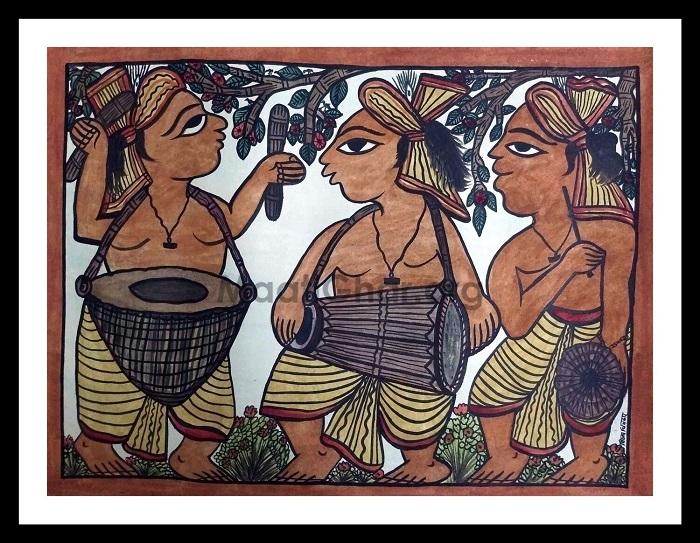
Visitors can try here regional delicacies at the thatched dining hut. they can take a taste of ud Pitha Gud Pitha (sweet rice with jaggery) and Zil pitha (fried rice stuffed with chicken) served on Kansa (bronze) platters.
Amadubi Village and Amadubi Rural Tourism Centre
Amadubi tourism centre has an eternal attraction to nature with a fascinating tribal culture and tradition. During the festive season, the place vibrates with the performances of tribal dances, rituals and religious ceremonies. Sarhul, Tusu, Gomha, Karma, Sohrai or Chaitraparv, all festivals are celebrated with gaiety. Most of the festivals mark the celebration of an agricultural occasion. The musical and lyrical combination really amazing. Paitkar paintings are commonly displayed with creative borders and wall paints with Traditional dances.
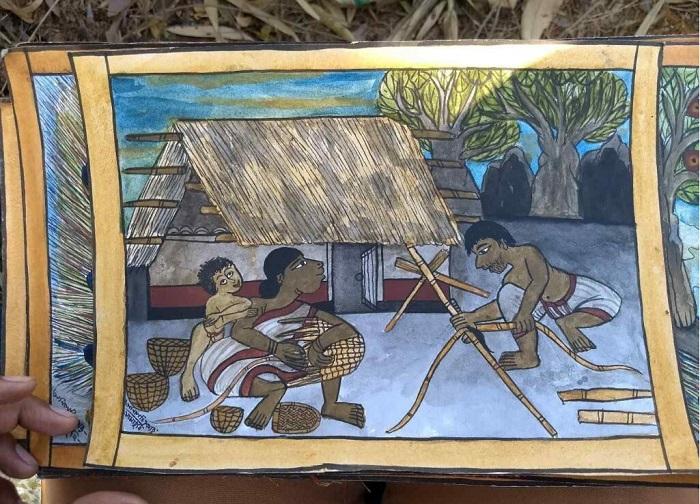
To boost tourism in the area, a resort in the village has been created with pleasant and reasonable prices. The ethnic cottages allow guests to live among the tribes and observe their lifestyles and crafts. The cottages at Amadubi villages are wide, and there is plenty of open space and greenery around the area.
Read more- Sick And Tired? Get to the Kashmir Of Koylanchal-‘The Maithon Jharkhand’
Tourists can see the earthy hues painted on scrolls and the walls of dwellings across the village. With the blooming of Palash, Krishnachura and Kash, the tranquil beauty of Saal, Mahua, Piyal, Shisham, Gamhar, and Shimal all around it’s looking unbelievable. It is decorated with red dirt and gravel. The beat of mander, nagara, singa and ghanta can be heard all seasons because of the Santals and Mundas communities like dancing and singing. Village tourism is a common thread that connects various rural activities and is a visual pleasure for visitors.
Sources-Tourism.jharkhand.gov.in, incredibleindia.org, travelandleisureindia. in
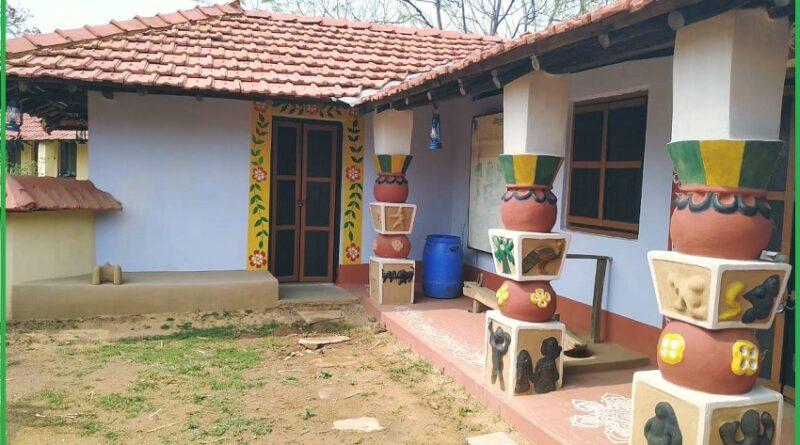
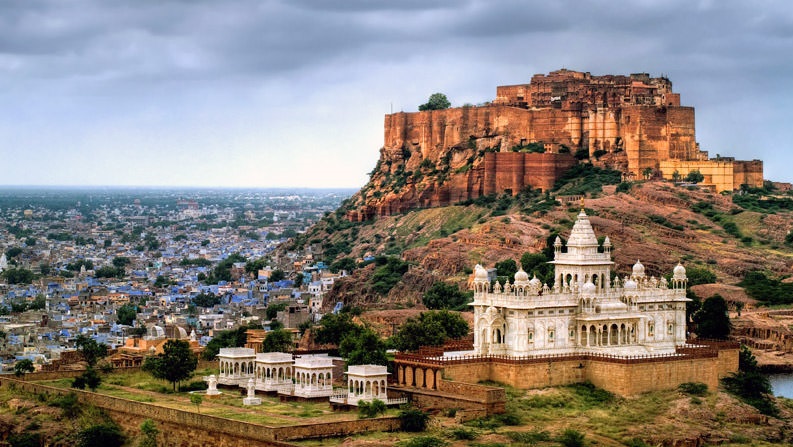

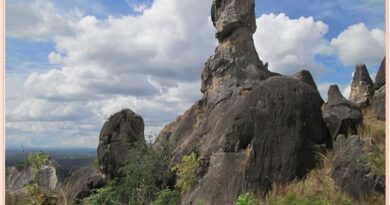
Pingback: Mohammadpur Umri-Twin Capital of the World - Geotourism